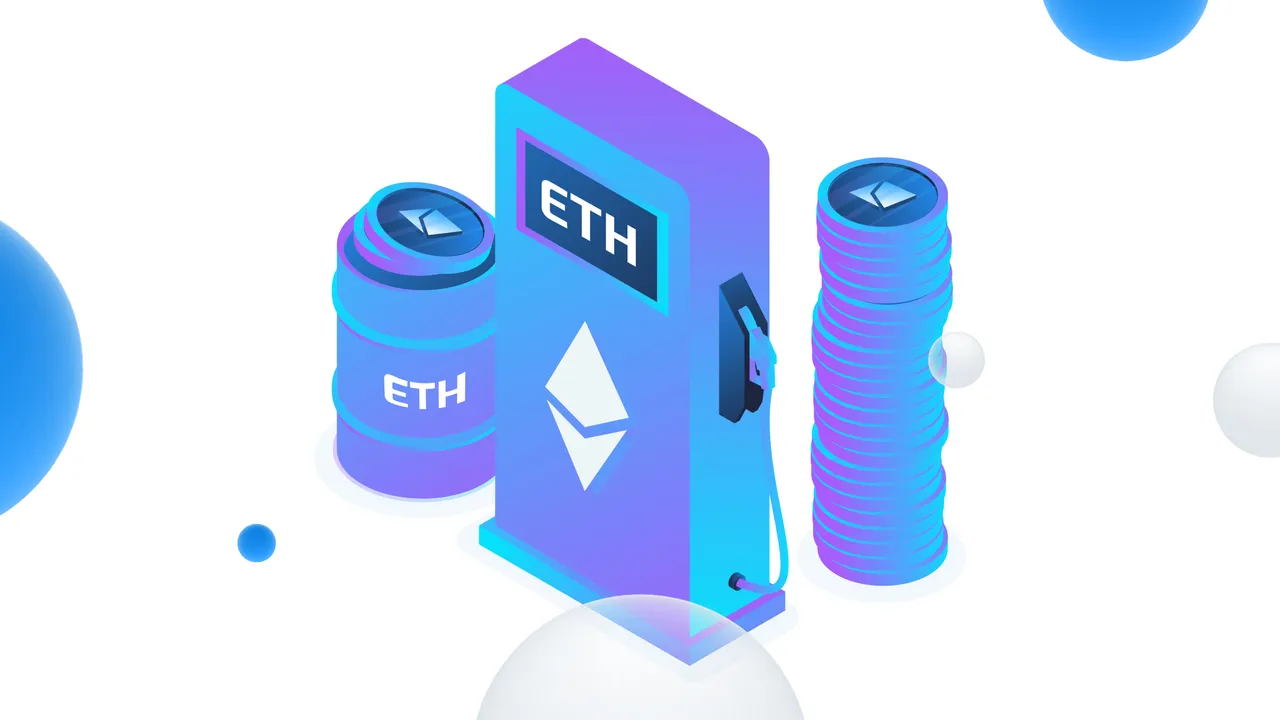
Vitalik Buterin, co-founder of Ethereum (ETH), along with the Ethereum Foundation, is actively exploring various strategies to reduce the maximum block size of Ethereum, aligning with the "rollup-focused roadmap" emphasizing rollup usage to enhance Ethereum network scalability and efficiency.
Addressing Block Size Growth:
Buterin and Toni Wahrstätter, a researcher at the Ethereum Foundation, highlighted in a blog post dated Monday, February 5th, how the effective block size has nearly doubled over the past 12 months. This growth is likely attributed to increased usage of Ethereum blockchain by rollups and other trending initiatives like Inscriptions, due to data availability.
Proposed Solutions:
In their blog post on Ethresearch, five different solutions are discussed, each varying in complexity. The primary aim is to increase gas limits per block and discourage calldata usage, thus reducing maximum block size and creating space for more Binary Large Objects (BLOBs) of data in the future.

Increasing Calldata Costs:
One proposed solution involves raising the cost of calldata from the current 16 to 42 gas, equivalent to 0.104034 ETH at the current value of 0.002477 ETH per 1 gas. This adjustment would reduce the maximum block size from the current 1.78 megabytes to 0.68 megabytes, allowing for an increase in the block's gas limit. However, Buterin expressed concerns regarding this approach, fearing it might deter calldata usage for data availability, negatively impacting applications like StarkNet, which rely on large calldata for on-chain proofs.
Balancing Costs:
Another solution suggests simultaneously increasing calldata costs while decreasing the costs of other Operation Codes (Op_Codes) to strike a balance between incentivizing calldata usage and optimizing gas costs.
Limiting Calldata Quantity:
The third proposal is to limit the quantity of calldata per block, as indicated in Ethereum Improvement Proposal (EIP) 4488. However, this approach also raises concerns about disincentivizing calldata usage for data availability, potentially affecting applications heavily reliant on calldata.

Creating a Separate Market:
The fourth potential solution is to create a separate market for calldata fees, similar to how data blobs are managed, allowing calldata usage prices to adjust automatically based on demand. However, the downside of this proposal is increased complexity in analysis and implementation.
Introducing an EVM Loyalty Bonus:
The last idea proposed is to offer an "EVM loyalty bonus" to compensate applications heavily reliant on calldata, incentivizing calldata usage within the Ethereum Virtual Machine (EVM).
Balancing Complexity and Functionality:
Buterin and Wahrstätter acknowledged the potential oversimplification of merely increasing calldata costs to 42 gas and the excessive complexity that separate payment markets might introduce. They emphasized the need to find a balanced solution, either by increasing calldata costs while reducing the cost of some operations or by exploring models that encourage calldata usage within the EVM.
It's worth noting that Buterin had previously proposed, in 2021, the introduction of calldata limits per block to reduce gas costs. In January, he suggested increasing Ethereum's gas limit by 33% to 40 million to improve network throughput.